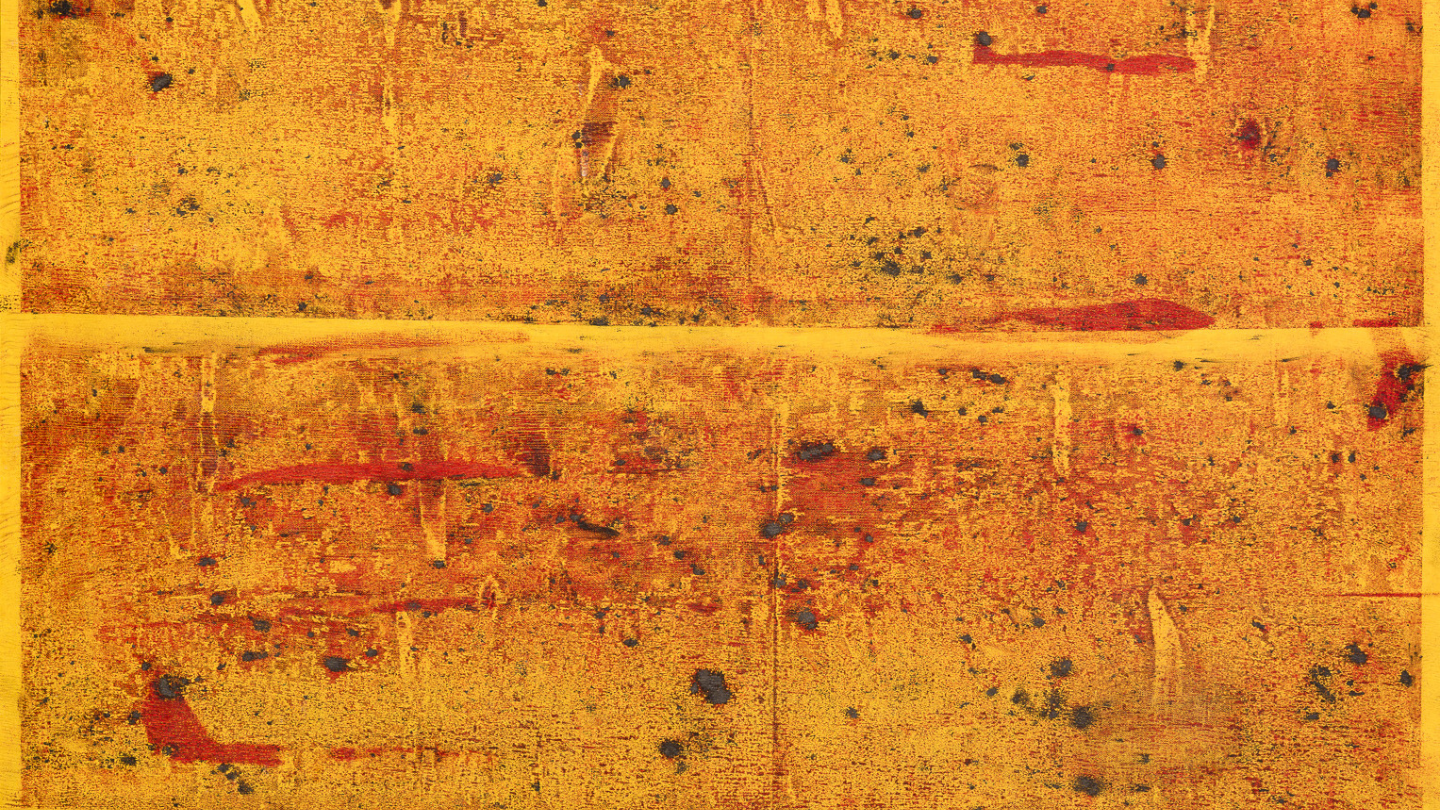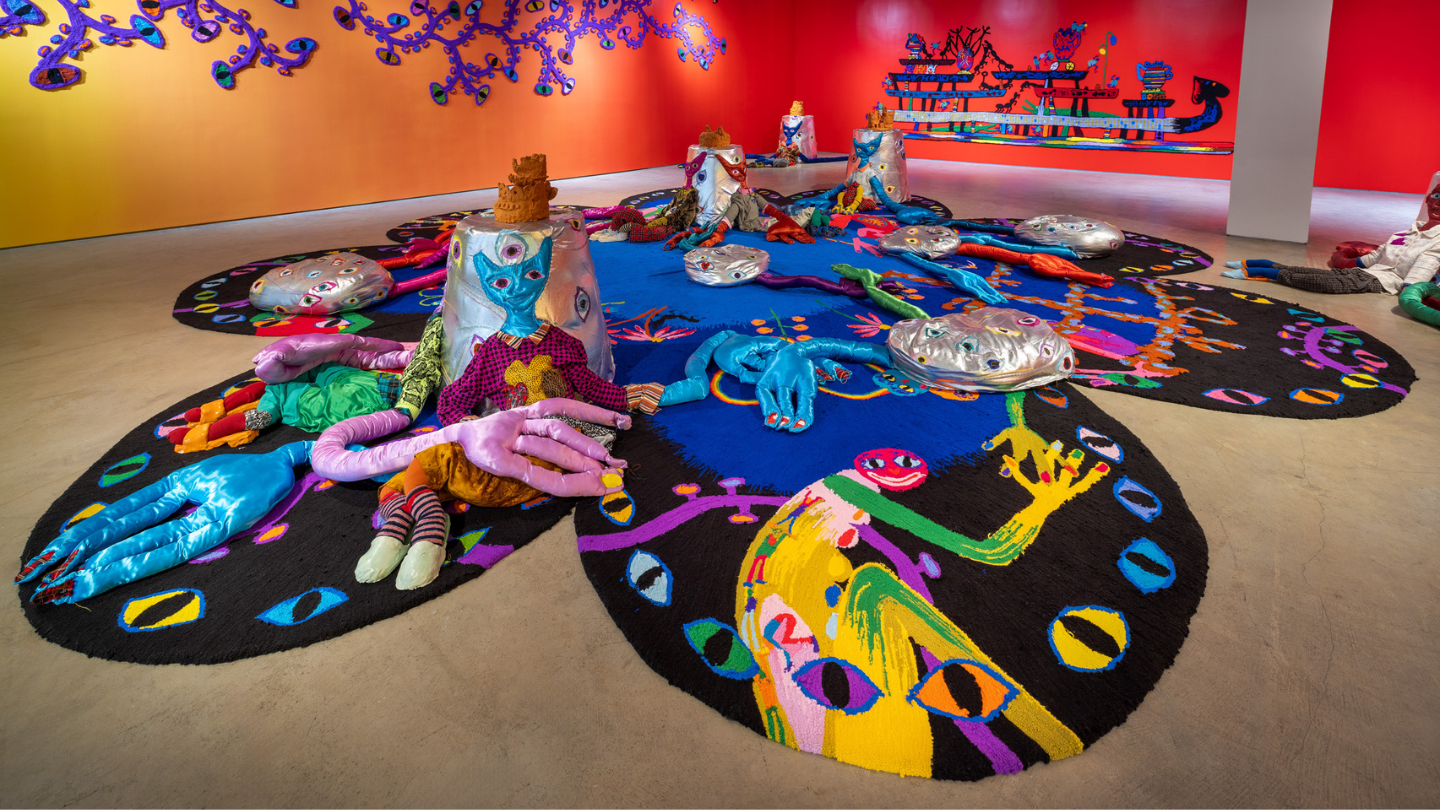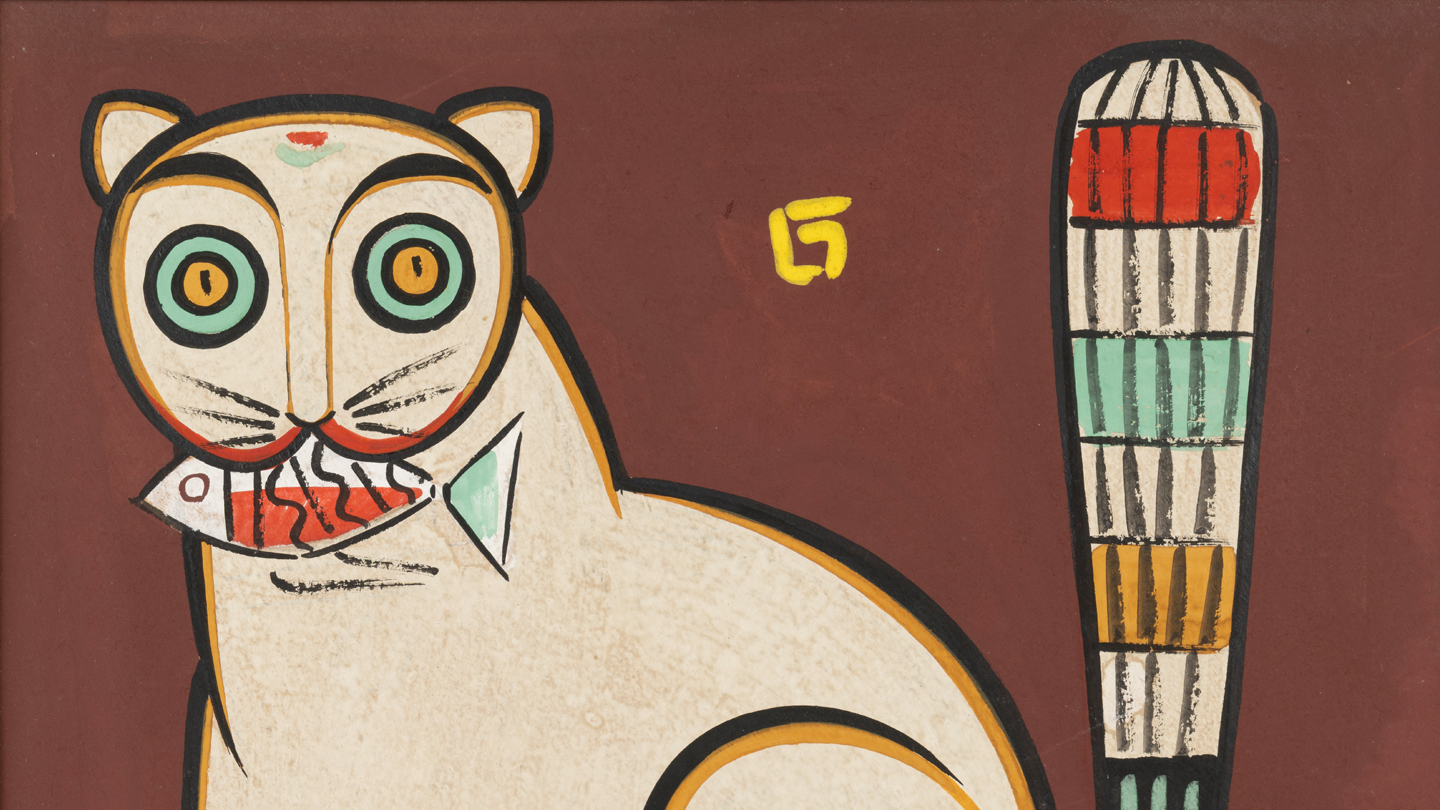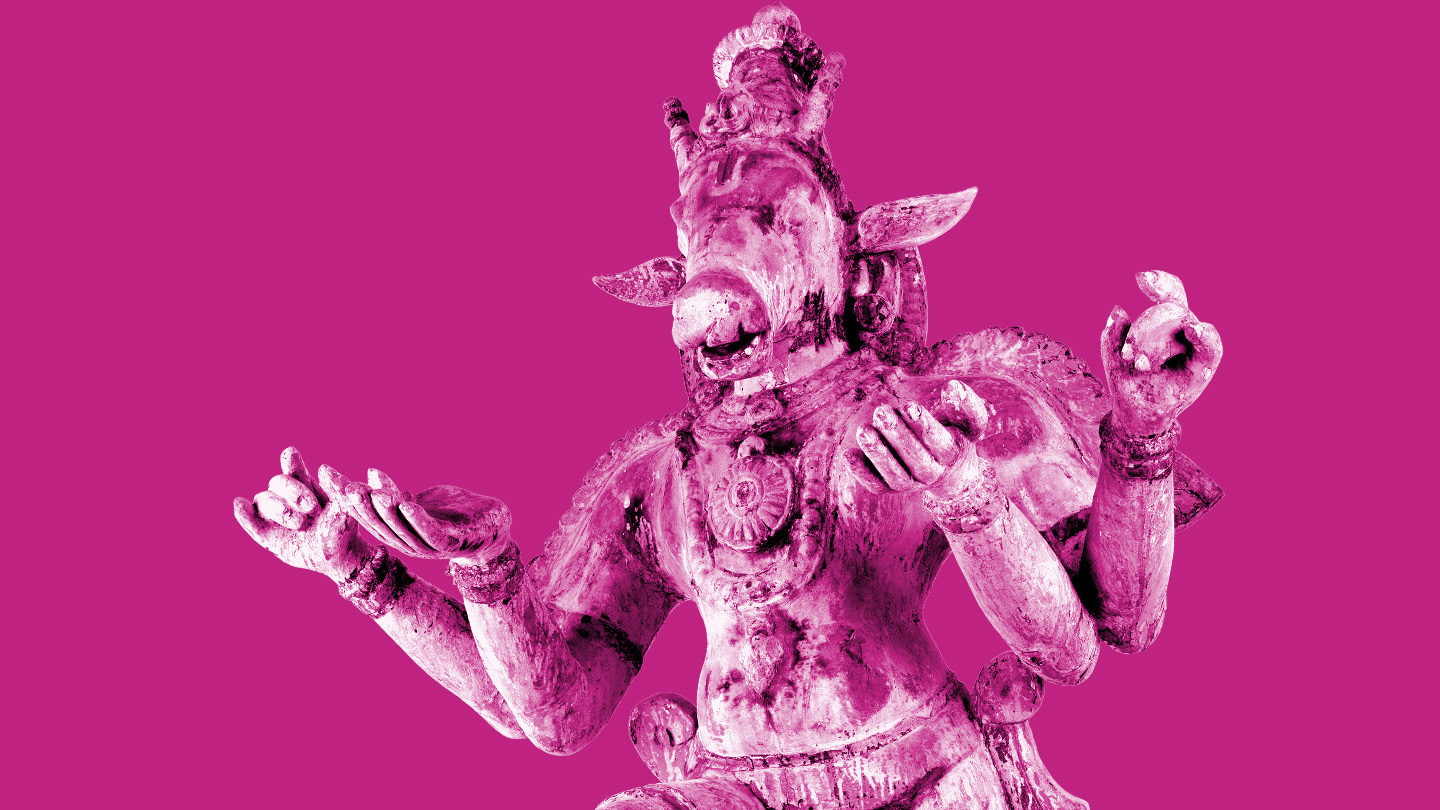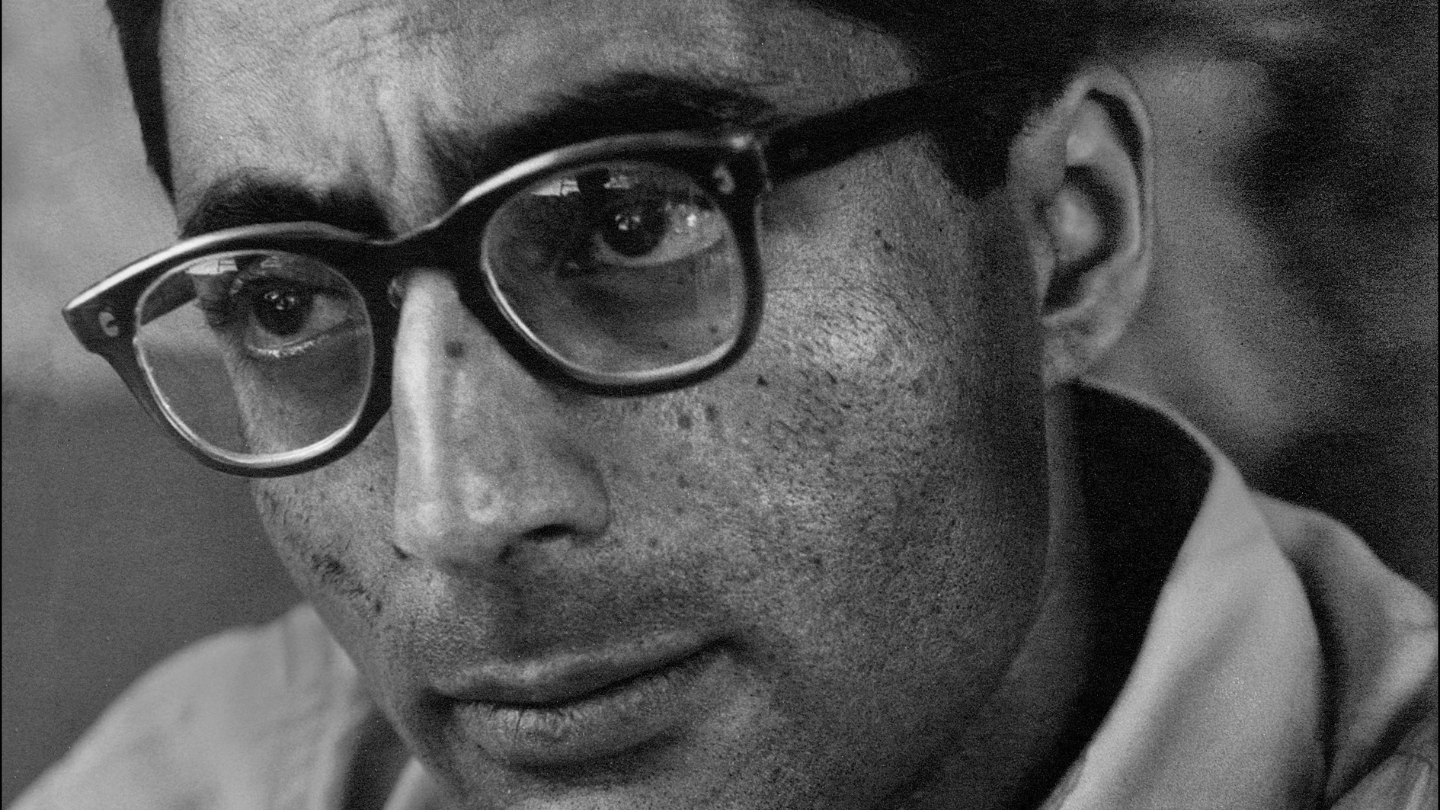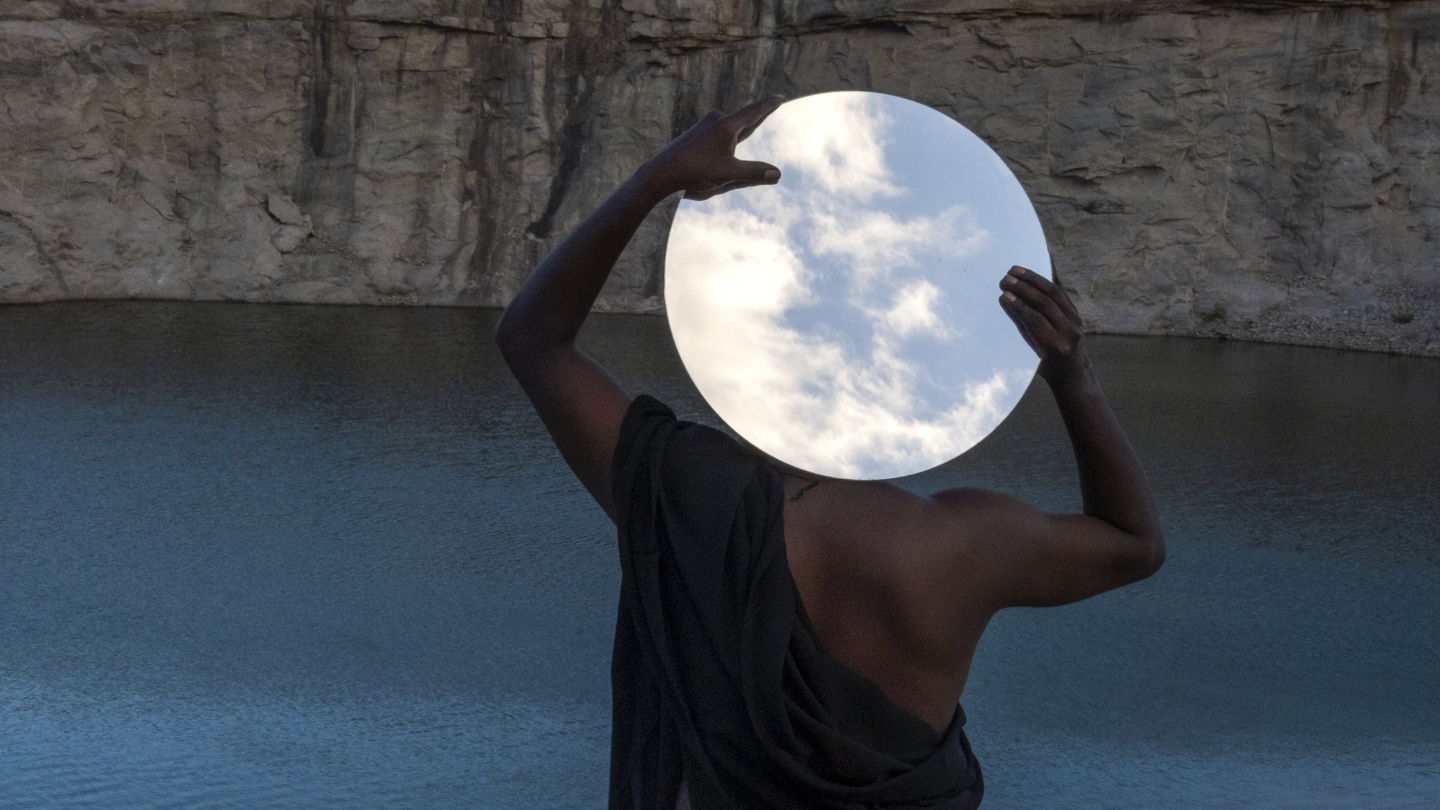Exhibitions
The Forgotten Souvenir
“The opposite side of the river was lined by a wall of bamboo, with towers at its flanks and at intervals between them; they were illuminated with many lamps of talc, stained by a variety of colours for the purpose… a magnificent gate made of various coloured talc, and so richly illuminated as to exhibit more hues than a rainbow…” – Captain Thomas Skinner from his travelogue Excursions in India, pages 74-76.
Muscovite, a type of mica commonly mislabelled as “talc” in colonial entries, created a dazzling sight, instantly capturing the interest of the British traveller in India. Thus, began a long association of creating artworks on these thin, fragile sheets of mica using gouache. The Forgotten Souvenir invites you to look closely at these paintings, which are a part of what is now known as the ‘Company School’, in reference to their proliferation during the heyday of the East India Company.
As the glory of the Mughals began to fade around the latter part of the 18th century, royal patronage towards the arts started drying up. As a result, artists adapted to meet the demands of a new clientele who had neither the resources nor the time to commission extensive works. They resorted to quicker and more inexpensive mediums—one of which was mica. With a close resemblance to European glass paintings, mica paintings made for an attractive souvenir for intrepid British travellers.
The mica paintings in this exhibition from Murshidabad, Patna and Trichinopoly (present day Tiruchirapalli) represent a nearly forgotten chapter in Indian art, bridging the gap between the decline of traditional miniature painting and the rise of photography.
As you navigate your way through the exhibition, consider how these mica paintings serve as historical documents, offering glimpses into a rigid caste and class system. The works encapsulate a range of professions and societal roles, providing a window into the everyday experiences of people during a time of colonial scrutiny and change.
The Forgotten Souvenir is accompanied by ‘Moments before Mutiny’, a short film by Amit Dutta and an interactive game for users to journey further through the exhibition.
We are grateful to the Mazumdar Shaw Philanthropy (MSP), whose generous contribution has made this exhibition possible. MSP has been a valued supporter of MAP since its inception.

We are grateful to Rahee Punyashloka for contributing an essay ‘Forbidden Souvenirs; or Extraction as Artistic Method’ to our booklet and to Jasjiv Sahney for providing us mica samples.
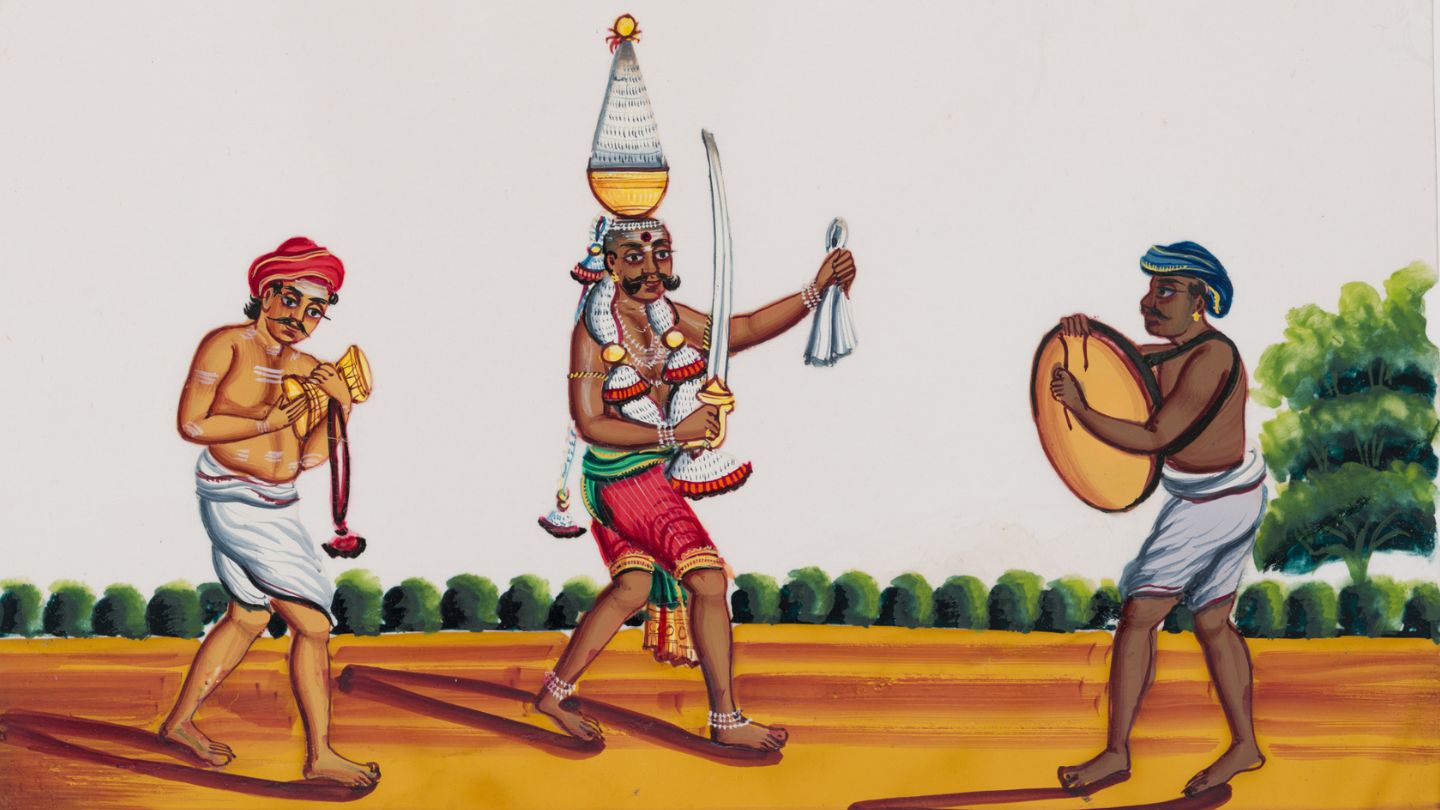
Mariamman Procession, 19th century Trichinopoly (Tiruchirappalli), Tamil Nadu, Gouache on mica, H. 10.7 cm, W. 15.2 cm, PTG.00042-4 | Photo Credits: Philippe Calia

